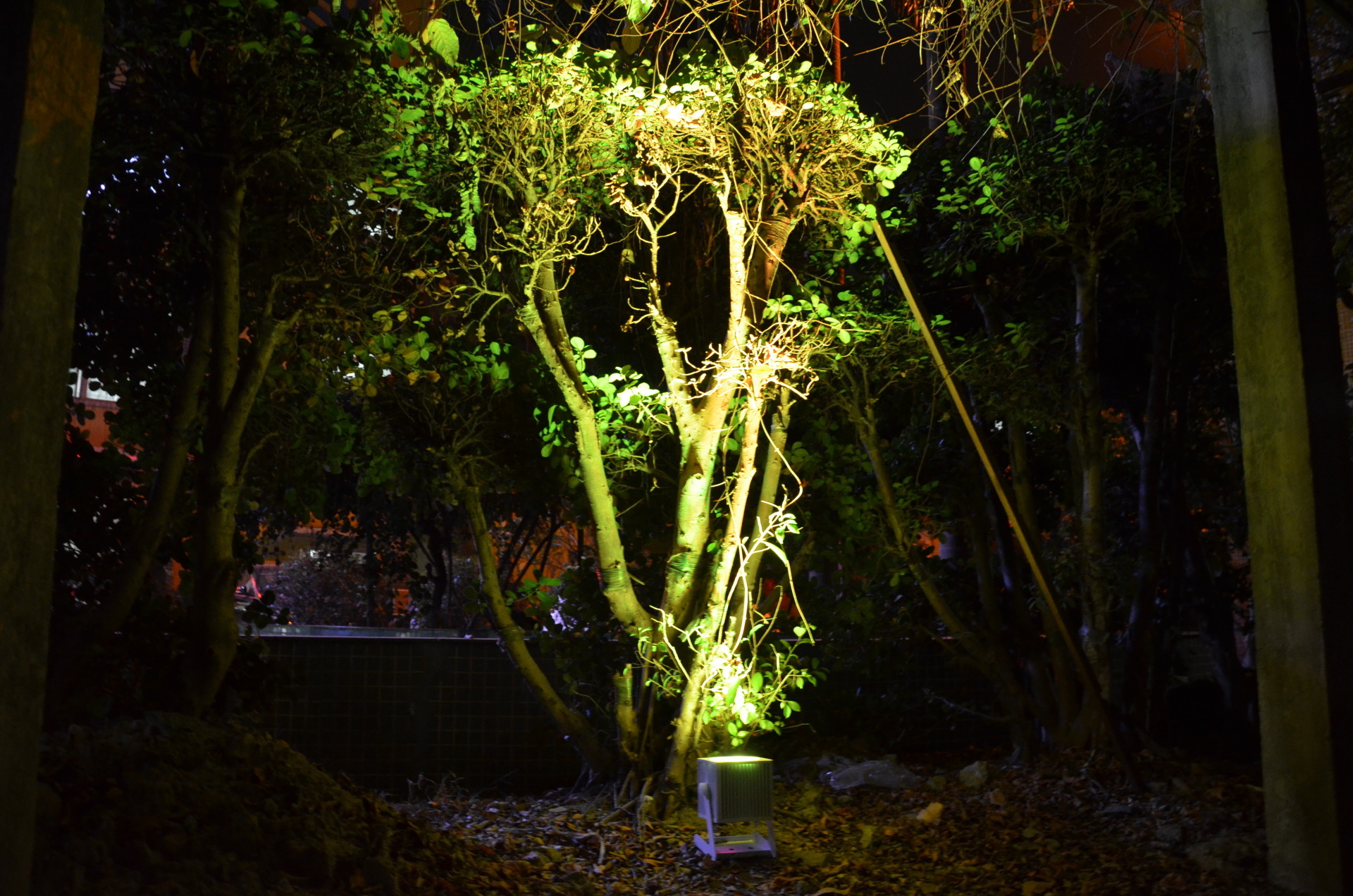PAR 36 LED Lights – Compact, Efficient Stage Lighting
Classification:
summary description]
If you're looking to upgrade your stage or display lighting, PAR 36 LED lights might be just what you need. These compact lighting units pack a surprising punch and are quickly becoming a favorite among lighting designers, venue managers, and AV technicians alike.
Why? Because they combine powerful output with energy efficiency, long lifespan, and flexibility. Whether you’re outfitting a stage, a gallery, or a storefront, PAR 36 LEDs offer a smart solution that blends performance with practicality.
What Exactly Are PAR 36 LED Lights?
Let’s break it down. The term "PAR" stands for Parabolic Aluminized Reflector, and the number 36 refers to the diameter of the lamp—specifically, 4.5 inches (36 eighths of an inch). These fixtures typically produce a focused beam, ideal for spot and accent lighting. And when that classic PAR 36 form is paired with modern LED technology, you get all the benefits of tradition, with none of the drawbacks.
LED versions of PAR 36 lights are built to last, stay cool during operation, and use significantly less electricity than their halogen counterparts. They’re also far more versatile in terms of control and functionality.
Why PAR 36 LED Lights Are Gaining Ground
You’ve probably seen them used in theaters, nightclubs, or retail displays without even noticing. But the reasons behind their growing popularity are easy to spot:
1. Efficiency That Pays Off
Traditional PAR 36 halogen lamps consume a lot of power for the brightness they deliver. LED models, on the other hand, can produce comparable—or even greater—light output while using just a fraction of the energy.
2. Lifespan That Lasts
Think of it this way: a halogen bulb might last you 1,500 hours. A quality PAR 36 LED fixture? Up to 50,000 hours. That’s a game-changer for venues and installations that need consistent lighting without constant bulb changes.
3. Bright and Reliable Output
With LEDs, you get a clean, stable beam. No flickering. No color shifting. Just crisp, reliable light from the moment you switch it on.
4. Cooler Operation
These lights stay cool—literally. Lower heat output means reduced fire hazards, less wear on surrounding equipment, and a more comfortable environment for performers or visitors.
5. Advanced Control Options
Many PAR 36 LED lights are DMX-compatible, allowing for precise programming of colors, dimming, and effects. That makes them ideal for dynamic environments where lighting needs to be both creative and controlled.
Where Do You Use PAR 36 LED Lights?
Don’t let their small size fool you—these fixtures can be used almost anywhere lighting matters. Here are a few common applications:
- Stage Performances: Perfect for highlighting performers or props with pinpoint precision.
- Retail and Commercial Displays: Illuminate products or signage to draw attention without overwhelming the space.
- Theaters and Black Box Venues: Great for spaces that require multiple lights but have limited room for bulky equipment.
- Event Venues: Use them for accent lighting at weddings, conferences, or special events.
- Art Installations: Add focused light without overheating sensitive materials or canvases.
Choosing the Right PAR 36 LED Light
Not all PAR 36 lights are the same. When picking a model, consider what your space and purpose demand:
Beam Spread
Need a tight spotlight? Go for a narrow beam. Looking to flood a wall or stage with light? A wider beam will do the job better.
Color Temperature
For a cozy, ambient feel, warm white (2700K–3200K) works well. If you want a clean, modern look, opt for cool white (5000K–6000K).
RGB or RGBW Options
If you’re planning to add color effects or want flexible lighting scenes, consider models that support RGB or RGBW. These give you full control over colors and blending.
Housing & Durability
For touring setups or outdoor use, choose a model with a rugged aluminum body and weather-resistant rating—look for something like IP65 for exterior safety.
Mounting and Adjustability
Many models include a yoke bracket, which allows for easy mounting and angle adjustments. Some even support floor or wall installation for added versatility.
LED vs. Halogen: A Quick Comparison
FeaturePAR 36 LED Halogen PAR 36
Lifespan Up to 50,000 hrs 1,000–2,000 hrs
Energy Use: Very Low, High
Heat Output Minimal High
Control DMX-ready Manual only
Long-Term Cost Low High (due to replacements)
Is It Worth Upgrading to LED?
Absolutely. Even if you’re still using traditional halogen PAR 36 bulbs, making the switch is almost always worth it. LEDs not only save you money in the long run, but they also expand your lighting capabilities.
Think of it as an investment—one that pays off in reliability, flexibility, and lower utility bills.
Final Thoughts
PAR 36 LED lights are a shining example of how far lighting technology has come. They deliver solid performance in a small form factor, require minimal maintenance, and support modern lighting control standards. Whether you’re a stage professional, a retail designer, or simply looking to refresh your lighting setup, these fixtures offer a compact, powerful, and efficient option worth considering.
Frequently Asked Questions
1. Do PAR 36 LED lights fit into older fixtures?
In many cases, yes. There are retrofit-compatible LED bulbs designed to work with standard PAR 36 housings.
2. Are they safe to use in enclosed spaces?
Yes. Their low heat output makes them suitable for tight, enclosed areas without the risk of overheating.
3. Can I use them outdoors?
Some models are weather-resistant. Be sure to check the IP rating if outdoor use is part of your plan.
4. Do they work with lighting controllers?
Many PAR 36 LED fixtures offer DMX or remote-control compatibility. Look for models that match your control system.
5. How many fixtures do I need for a small event stage?
It depends on your lighting goals, but generally, 4–6 PAR 36 LED lights can provide excellent coverage for a small to mid-size stage.
More Cases



